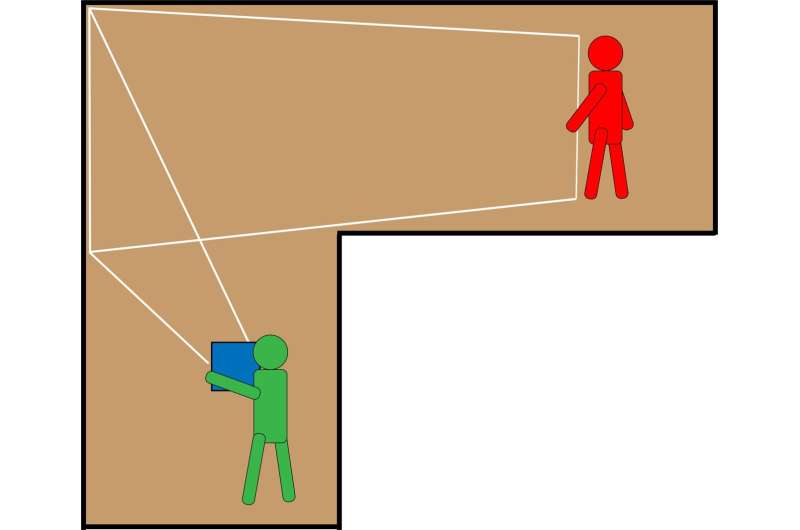Phys.org July 20, 2021
Most conventional methods used to image objects behind an obstruction use ultra-short pulses in visible or infrared range. Researchers at NIST developed a method using submillimeter range, ranging from 300 micrometers up to 1 millimeter. In this range walls made of a variety of materials appear relatively smooth and act as partial mirrors, reflecting rather than diffusely scattering into view radiation from a concealed object. They used a curved mirrors to focus the invisible light. The prototype technique employed state-of-the-art indium phosphide transistors, which amplify submillimeter radiation with little noise over a wide range of wavelengths. The method does not require complex algorithms or intensive computer analysis. Walls that reflected at least 5% of the submillimeter radiation were best at producing images of concealed bodies. These included dry wallboard, wood paneling, vinyl floor planking, plywood, stone kitchen tiles and medium-density fiberboard. According to the researchers with a larger array of detectors and transistors the method should be able to image hidden objects in real time…read more.

… At these long wavelengths…any types of walls act as partial mirrors, reflecting the light into view of the green figure. Credit: NIST